Gravesite of Tom Pendergast
Introduction
Text-to-speech Audio
Thomas J. Pendergast was a political boss who controlled many aspects of Kansas City in the 1920s and 1930s. After arriving in Kansas City in the 1890s, Pendergast worked for his brother James at his saloon and hotel located in the West Bottoms. James had established a position of local power as a member of the city council and used this position to protect his business interests which included gambling and prostitution. James retired from the city council in 1910 and passed away the following year, and Tom Pendergast followed indirectly in his footsteps, becoming a leader in the city and county's powerful Democratic Party. In 1925, Tom's power grew as a new city charter placed power in the hands of a city manager and Tom was able to control the selection of this manager. With city funds controlled by men Pendergast selected and contracts going to businesses he controlled, the political machine was able to increase their control of the city. Kansas City also gained local control over the police force, and with Tom selecting the leaders, vice industries like alcohol and gambling flourished. In the late 1930s, the Pendergast Machine started to slowly lose its firm grip on the city and county government as more voters supported reform candidates and investigations revealed questions about the city's emergency fund. In 1939, Pendergast was indicted for income tax evasion and served one year at the Leavenworth Penitentiary. He then retired to his home in Kansas City and died of heart failure in 1945.
Images
Tom Pendergast's headstone at Forest Hill Cemetery.
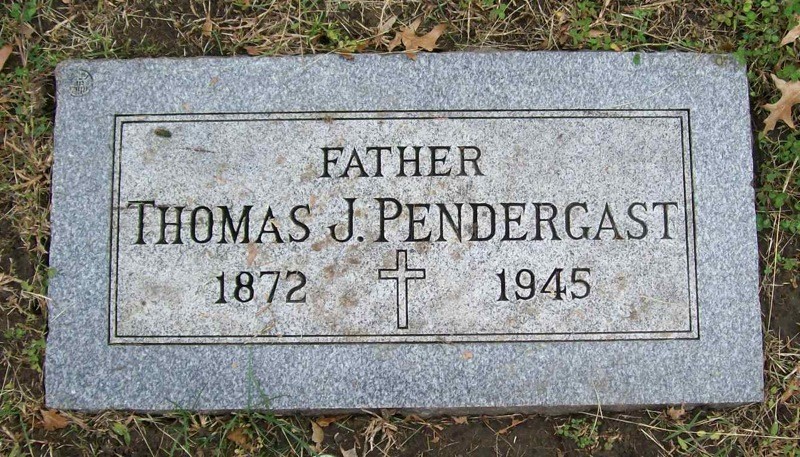
The Pendergast gravestone at Forest Hill Cemetery.
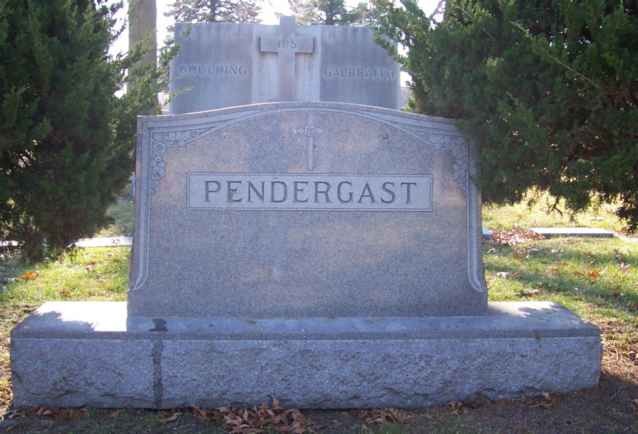
Tom Pendergast circa 1900
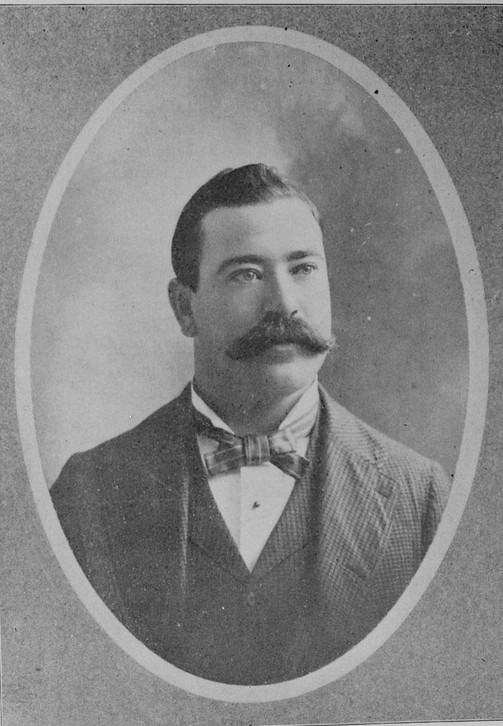
Tom Pendergast
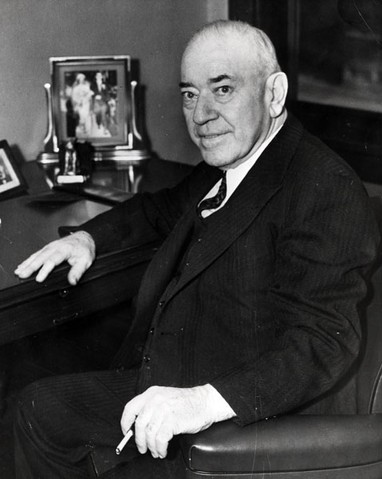
Henry McElroy, the state manager chosen by Tom Pendergast.
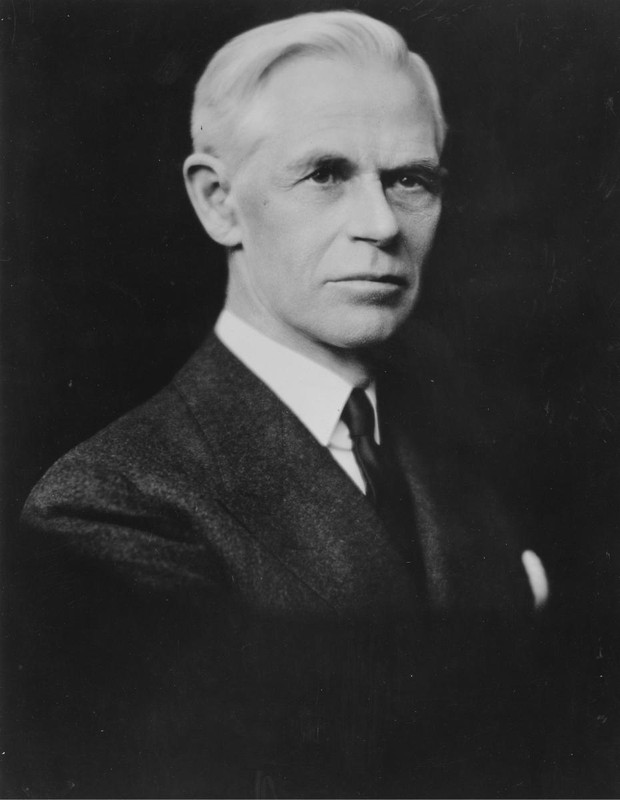
Governor Guy Park
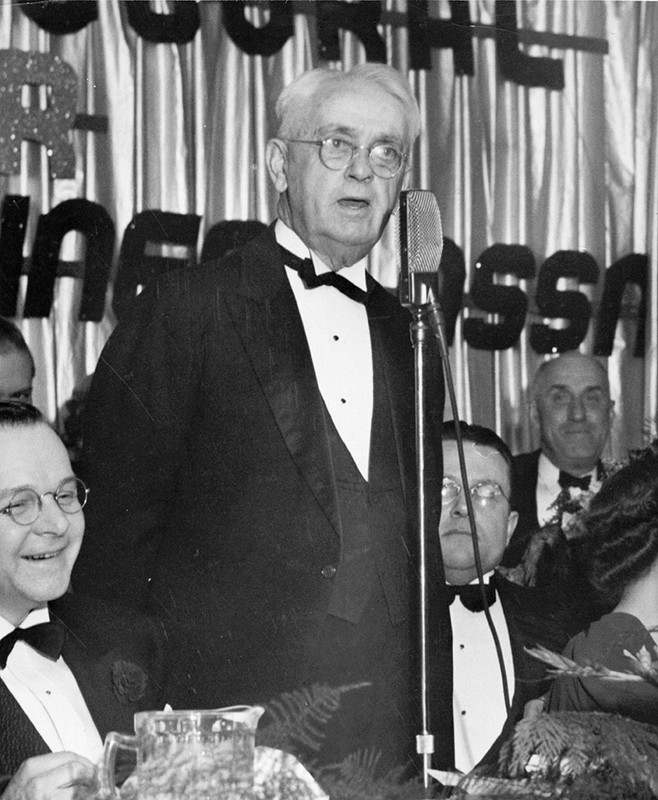
Emmet O'Malley's mugshot upon entering Leavenworth Penitentiary May 29th, 1939.
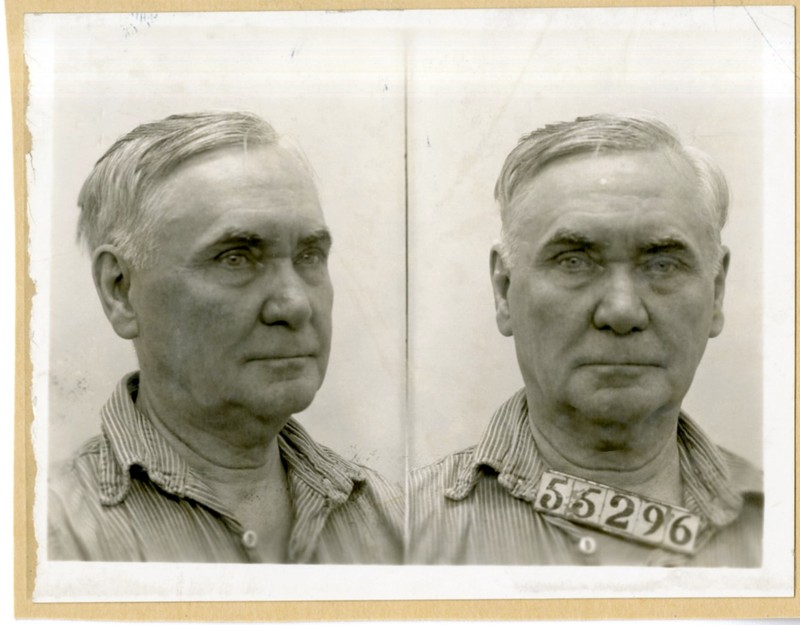
Tom Pendergast's mugshot upon entering Leavenworth Penitentiary in May 1939.
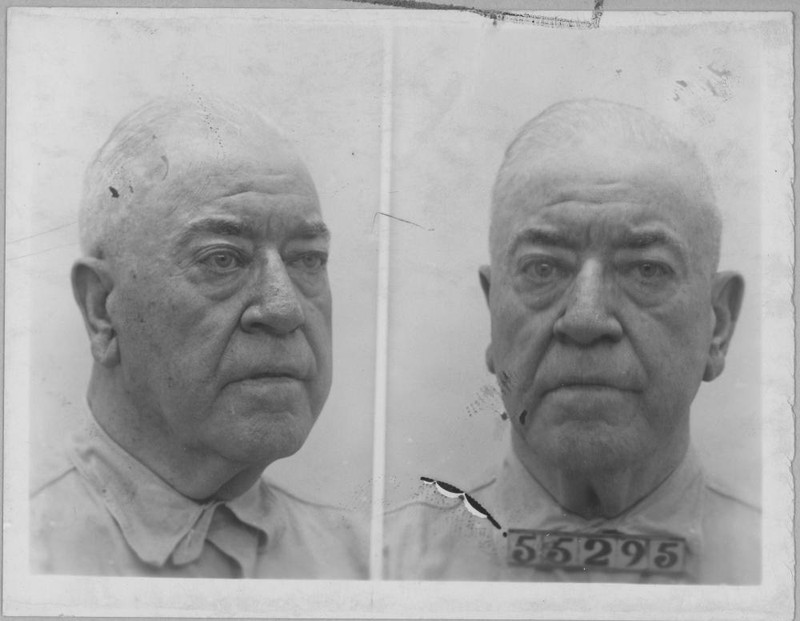
Mayor John B. Gage circa 1940.
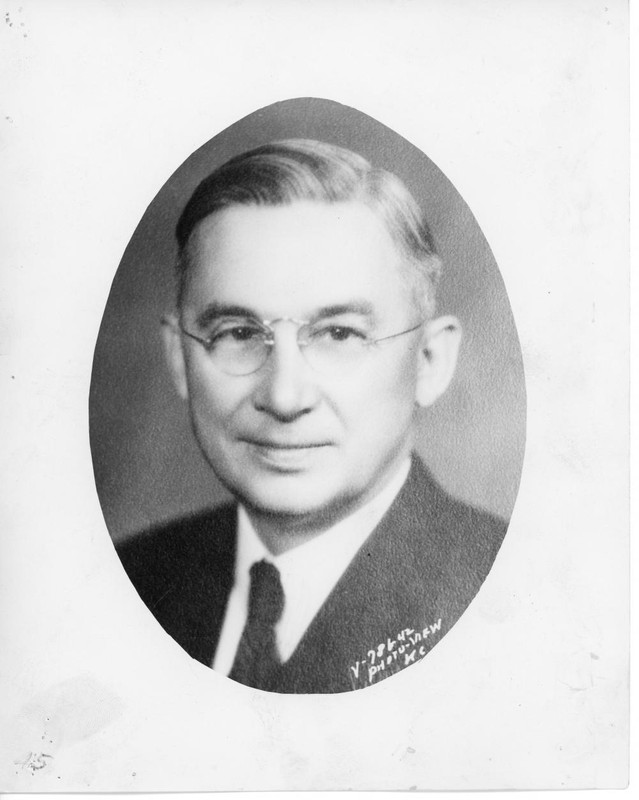
Backstory and Context
Text-to-speech Audio
Thomas Pendergast was born in St. Joseph, Missouri on July 22nd, 1872 as the youngest of nine children. His parents Michael and Mary were immigrants from County Tipperary, Ireland. Pendergast attended school until sixth grade. He claimed to have attended college, but there are no documents to support this claim. During his youth, Tom Pendergast worked several jobs such as laborer, clerk, and grocery wagon driver. Pendergast went to Kansas City in 1894 to work in a saloon and hotel in the West Bottoms called the American House that was owned by his brother Jim, who was also a city councilman and local political boss. Jim provided many of his siblings with jobs as he grew to be more successful. His sisters Mary and Anne worked in the hotel while his brothers John and Michael tended bar.
Tom Pendergast worked odd jobs for his brother before becoming his bookkeeper. Jim taught Pendergast about Kansas City’s political system and how to control blocks of voters. Under Jim, the Pendergast Machine dispensed jobs and small favors while Jim took a small cut of the profits generated to care for his wife and her son from a previous marriage. Jim also profited from vice industries like gambling and prostitution, protecting operators using his political power in return for kickbacks and favors.
Tom Pendergast married Carolyn Elizabeth Dunn in 1910 and they had two children between 1911 and 1912. During this period, James retired and passed away, leaving Tom Pendergast in charge. In 1915, Pendergast and his wife built a house for their family at 54th and Wyandotte. The same year, Pendergast resigned from the city council, never to hold elective office again. Although not a member of the government, Tom exercised more control of the government by influencing votes and selecting the leaders of the local Democratic Party. With the Democratic candidates winning most of the seats of the city council, Tom could increasingly determine who would be hired as local officials. Pendergast and his wife welcomed their third child in 1919.
1926 found more stability for the Pendergast Machine when the “goat” faction of the Kansas City Democrats co-opted Jim Sherman’s “rabbits” and Cas Welch’s East Side which included the African American precincts. Pendergast moved his family to an expensive mansion at 5650 Ward Parkway in 1928 and continued expanding the Machine with business contacts. Beginning with the T.J. Pendergast Wholesale Liquor Company, which was later known as the City Beverage Company during and after Prohibition, Pendergast also gained control of and became the officer for Atlas Beverage Company, and City Beverage, alongside several other business connections. The Pendergast Machine also controlled Ready-Mixed Concrete and W.A. Ross Construction, using them to perform work for the city at inflated prices.
The 1920s was also the decade Pendergast began betting on horses and acquired a lifelong addiction to gambling. (Between August and September 1935, Pendergast wagered over $2,000,000 and lost $600,000.) Pendergast owned the Riverside Jockey Club in Platte County and a farm for breeding horses in Clay County. Needing more sources of income, Pendergast gained control of the Kansas City Missouri city government through one of his cronies, Henry McElroy, who was city manager from 1926 to 1939. Together, Pendergast and McElroy devised the Ten Year Plan, a program for funding new projects throughout Kansas City, Jackson County, and the Kansas City School District. The Ten Year Plan allowed Pendergast-controlled political leaders to borrow money by issuing bonds, and using the proceeds to pay contractors who supported Pendergast with paybacks and other forms of support. With more and more city projects going to Pendergast-supported contractors including his own concrete business, Pendergast enriched himself and his supporters through the city manager’s “emergency fund” which had lax oversight.
Pendergast’s power peaked in 1932 when the Home Rule police control was established which placed the police under the control of the city instead of the governor of Missouri and the state legislature. Because Pendergast was later able to help appoint his supporter Guy Park as governor, his political machine was able to gain an appointment for his associate Emmett O’Malley as commissioner of insurance for Missouri. Between late 1932 and early 1933, Pendergast had gained greater influence of the state government in Jefferson City and the Kansas City Police Department which was now managed directly by the city. Pendergast also gained control at the state level by supporting Harry S. Truman in being elected as County Judge, then Presiding Judge, and finally in obtaining the Democratic nomination in the United States Senate in 1934.
The Pendergast Machine continued to generate revenue through gambling and prostitution in addition to securing government contracts. During and after Prohibition, gambling was keeping Kansas City speakeasies and saloons afloat but gambling also spread to places like drug stores and department stores through slot machines. These stores had to pay law enforcement for protection since this was illegal. The same was the case for prostitution, which was happening openly at speakeasies and jazz clubs. This money went into the pockets of Henry McElroy.
The Pendergast Machine thrived throughout the 1920s and 1930s but faced opposition that grew relative to their power. The machine's power was also threatened by increasingly ambitious schemes, including an elaborate pattern of insurance fraud devised by Emmett O’Malley and Charles R. Street. Between 1922 and 1929, the Republican commissioner of insurance in Missouri was trying to reduce the premiums for customers. When he refused to allow an increase in rates in Missouri following the stock market crash, companies sued. The Missouri court ruled that the excess premiums would be collected and then impounded in the hands of a custodian until the cases were decided. Litigation lasted from 1929 to 1935 and the impounded rates increased to $9 million and the insurance companies were willing to do anything for a cut of the sum. Charles R. Street was a company officer and chair of the Subscriber’s Actuarial Committee, which regulated activities of the insurance companies in the western United States. The company ran this legally dubious operation from Street’s office in Chicago. In 1935, Street decided to put an end to this operation, believing the impounded amount was enough.
On May 14th, 1935, Pendergast, O’Malley, and Street among other Machine-controlled workers planned to give the insurance companies 50% of the impounded money, while 30% of it went to a trust fund and 20% went to the customers who paid the premiums – a move that was dubbed by newspapers as the “Second Missouri Compromise.” Pendergast retained $315,000 which was likely used to pay off bookies for his bets on ponies. However, Pendergast didn’t declare the $315,000 as income on his tax return. Meanwhile, he headed to the Democratic National Convention in Philadelphia in 1936 where he had a heart attack that led to the discovery that he had a bowel blockage and needed surgery. For the remainder of his life, Pendergast was never fully healthy again. The same year this occurred, the Pendergast Machine’s downfall began with a routine IRS inspection of the accounts of a deceased partner of the legal firm advising Charles Street and the Insurance Subscriber’s Committee. The inspection turned up $100,500 which was likely partially disbursed to Street. An investigation began in April 1936, which eventually led to Pendergast’s indictment for tax evasion. On Good Friday, 1939, Pendergast faced arraignment in Kansas City and was sent to the Leavenworth Penitentiary in May. After one year, Pendergast was released on good behavior under a five-year probation that prohibited him from engaging in politics.
Pendergast’s guilty plea revealed the vulnerability of the Pendergast Machine, shattering the illusion of immunity so many depended upon. On top of that, reformers who saw the Machine for what it was were attempting to undermine it. In May of 1932, Rabbi Samuel Mayerberg had given a talk at the Women’s Luncheon Government Study Club where he called out the Machine for its electoral tactics and questionable morals. Over the next seven years, the Rabbi found several supporters, especially among women. In 1940, the reformers made efforts to clean the government up from Pendergast’s influence and control – this has been dubbed the clean-sweep effort. Attorney John B. Gage was encouraged by women’s organizations to run for mayor. Enduring attacks from Pendergast’s forces led by Tom Pendergast’s nephew James, Gage won the mayoral election alongside seven members of the Citizen’s Association. Gage appointed L.P. Cookingham to be the city manager and ended the employment of those who remained loyal to Pendergast and also brought Kansas City’s budget into positive territory. In 1945, six years after losing his control over city government, Tom Pendergast died of heart failure.
Sources
Thomas Joseph Pendergast Sr., Find a Grave. Accessed March 11th, 2023. https://www.findagrave.com/memorial/801/thomas-joseph-pendergast.
The Editors of the Encyclopedia Britannica. Thomas J. Pendergast: American politician, Encyclopedia Britannica. January 22nd, 2023. Accessed March 11th, 2023. https://www.britannica.com/biography/Thomas-J-Pendergast.
Worley, William. The Decline And Fall Of The Pendergast Machine, The Pendergast Years. Accessed March 11th, 2023. https://pendergastkc.org/article/decline-and-fall-pendergast-machine.
U.S. Vs. Thomas J. Pendergast: Indictment, The Pendergast Years. Accessed March 11th, 2023. https://pendergastkc.org/collection/10629/nara-14458-0001/us-vs-thomas-j-pendergast-indictment.
Report Outlining A Ten-Year Improvement Program For Kansas City, Jackson County, And The School District Of Kansas City, The Pendergast Years. January 22nd, 1931. Accessed March 11th, 2023. https://pendergastkc.org/collection/10554/shsmo-k0272-f015-0001/report-outlining-ten-year-improvement-program-kansas-city.
Roe, Jason. Thomas Joseph Pendergast, The Pendergast Years. Accessed March 11th, 2023. https://pendergastkc.org/article/biography/pendergast-thomas-joseph.
Thomas J. Pendergast, State Historical Society of Missouri: Historic Missourians. Accessed March 11th, 2023. https://kchistory.org/islandora/object/kchistory%253A115431.
Find a Grave
The Kansas City Public Library
State Historical Society of Missouri
The Kansas City Public Library
Missouri Valley Special Collections
National Archives at Kansas City
National Archives at College Park
The Kansas City Museum
